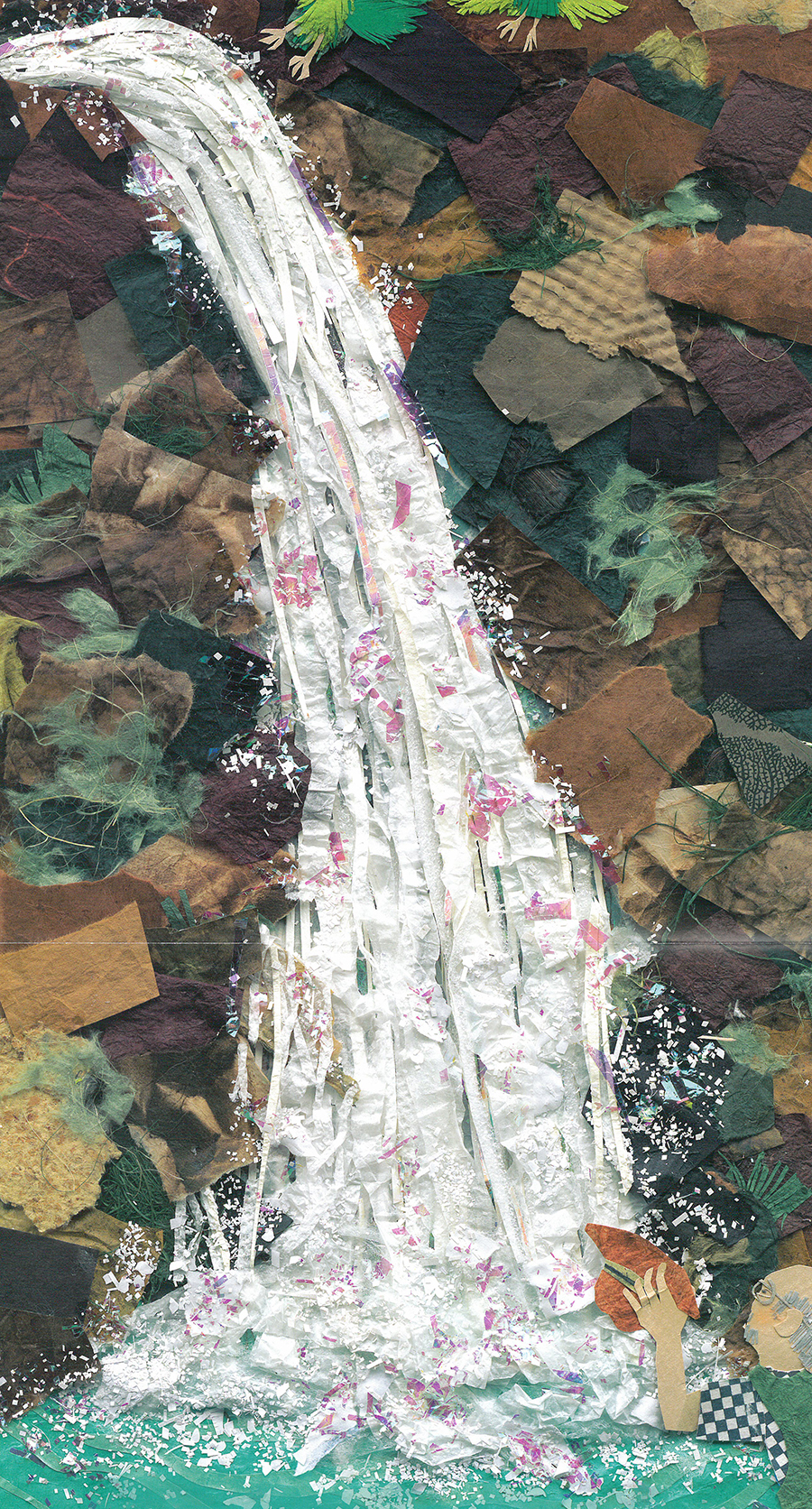
by Sam Juliano
We inherited two amazon parrots four years ago. Through suggestions posed by the kids we named the older one “Roy” and the much younger one, “Blue.” Though we still haven’t ascertained if they are male or female we can safely figure they are probably both the same sex, since they are housed in the same cage. What have we learned about this species of bird during this time? Well, after the novelty of bringing them in through the door, and situating their cage in the basement they have been largely ignored by our five kids who have for a very long time operated on animal overload, what with two labs, one pug and five cats living in various locations under our roof. ”Roy” says “hello” repeatedly in intervals, while Blue makes screeching sounds, and hasn’t yet developed the ability to ape human syllables. They are loud, often annoying, and when you get close to the cage the far more vicious Roy flies at you hoping to get a piece of your flesh. They are high maintenance as far as cleaning around the cage regularly, and they have exasperated many a guest in our basement who like taking in their movies in a quiet environment. Yet, they could still be fun interacting with, and “Blue” is a particularly beautiful specimen of the species.

I just recently discovered an extraordinarily beautiful non-fiction picture book on the subject of parrots called Parrots Over Puerto Rico, as a result of a Caldecott Medal discussion thread with Horn Book’s Martha V. Parravano, who posed this an a genuine Caldecott contender. (I actually discovered three or four other books through Parravano that fit the Caldecott label, and was left subsequently red-faced at my incomplete research.) In any case better late than never, and Parrots Over Puerto Rico seems tailor-made for such honors – the book’s cover (shown above) is rapturous, showcasing the stunning fabric and paper collage work that author-illustrator Susan L. Roth (working with the book’s co-author, New Jerseyite Cindy Trumbore) is famous for.
The book is a tribute to the tenacious spirit of a species that once numbered in the hundreds of thousands and spanned millions of years. It is a tribute to the human destroyers who became human protectors. It is a tribute to the Puerto Rican Parrot Recovery Program, which is dedicated to conserving, protecting, and managing both wild and captive populations of the parrot so that its status will be changed from endangered to threatened. The birds are the island’s only remaining native parrot and one of roughly 30 species of Amazon parrots found in the Americas. They sport red foreheads, turquoise feathers under their wings and grow to nearly a foot in length. They are known for their secrecy and usually mate for life, reproducing once a year.

Roth and Trumbore present the book like a calendar with vertical double page spreads that enable the expansive collages of the beautiful blue and green parrots hovering over the island take on a greater sense of height, and tress in the rain forest a more imposing stature. There is a life-like three-dimensional appeal of the illustrations, and there are some incredible pages like the one when a waterfall flows in a rain forest, managed by the use of crumbled white paper. Another breathtaking spread is the one of the hurricane, visualized by some superlative use of paper mache. But each and every page in this visual feast of a book is a stunner. Roth effectively weaves together the story of the parrot’s dwindling numbers and eventual resuscitation with that of the history of the human inhabitants that inhabited the island all the way back prior to 5000 BC, all the while hunting some parrots for food and keeping others as pets. The worst destruction perpetuated against the parrot population came thousands of years later when men chopped down forests to plant sugar cane, corn and other crops.

The book contains an extensive afterward and a date chart chronicling a history of Puerto Rico and the Puerto Rican parrots. As author and illustrator spent time in the rain forest, the book is a labor of love dedicated in effect to all those who have worked mightily to bring this sublime species from the brink of extinction to increasing numbers. The breathtaking beauty of the art – particularly the manner in which the figures of the parrots are crafted and displayed on the cover and the top half of the vertical double spreads – allow for a visual design that intensifies the book’s sense of urgency. The Caldecott committee should take notice.
Note: This is the eleventh review in an ongoing series focusing on Caldecott Medal and Honor book hopefuls in advance of the late-month announcement by the American Library Association.
